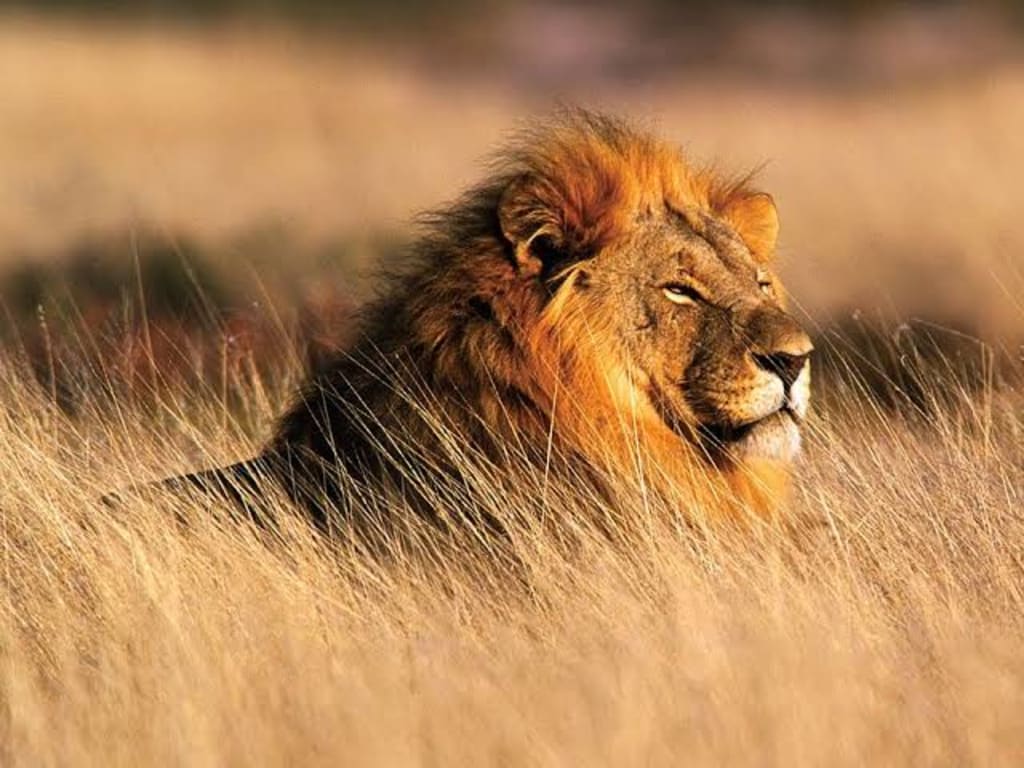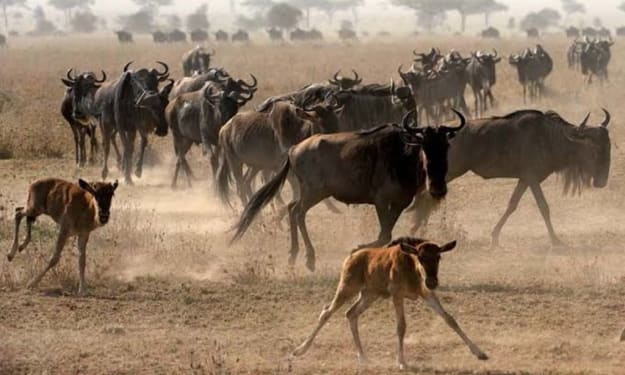The Threats Facing Animals on the Move
Understanding the Challenges of Animal Migration

Animal migration is one of nature’s most fascinating phenomena. Every year, millions of animals, from tiny butterflies to massive whales, embark on long journeys in search of food, breeding grounds, or warmer climates. However, these journeys are becoming increasingly perilous due to a variety of threats.
Understanding these challenges is crucial for protecting migratory species and ensuring their survival.
Habitat Loss
One of the biggest threats facing migrating animals is habitat loss.
As humans continue to expand cities, farms, and infrastructure, natural habitats are being destroyed or fragmented.
This makes it difficult for animals to find the resources they need during their migration.
Deforestation: Many migratory birds rely on forests for rest and food during their long journeys. When forests are cut down for timber or to make way for agriculture, these birds lose critical stopover points.
Urbanization: Expanding cities and towns can block traditional migration routes for animals like deer and elephants, forcing them to take longer, more dangerous paths
Climate Change
Climate change is another major threat to migratory animals.
Changes in temperature, weather patterns, and sea levels can disrupt the natural cues that animals use to time their migrations.
Shifting Seasons: Many animals time their migrations based on the seasons. Climate change can alter these seasonal patterns, leading to mistimed migrations.
For example, if birds arrive at their breeding grounds too early or too late, they may miss the peak abundance of food needed to raise their young.
Rising Sea Levels: Sea level rise can flood coastal habitats used by migratory birds and sea turtles for nesting.
This can lead to a loss of critical breeding grounds.
Pollution
Pollution poses a serious threat to migratory animals. Both land and water pollution can have devastating effects on these species.
Plastic Pollution: Many marine animals, such as sea turtles and whales, mistake plastic debris for food. Ingesting plastic can be fatal. Birds can also get entangled in plastic waste.
Chemical Pollution: Pesticides and other chemicals used in agriculture can contaminate the water and soil, poisoning animals that rely on these environments during migration. For instance, fish that swim through polluted rivers can suffer from diseases and reproductive issues.
Barriers to Migration
Human-made structures can create barriers that impede migration.
Dams: Dams on rivers can block the migratory routes of fish like salmon, which need to travel upstream to spawn.
Without access to their breeding grounds, these fish populations can decline.
Roads and Highways: Roads and highways can be deadly obstacles for migrating animals like deer, wolves, and turtles. Many animals are killed each year trying to cross these busy pathways.
Overexploitation
Overexploitation through hunting, fishing, and trapping can severely impact migratory species.
Overfishing: Fish like tuna and salmon, which migrate over long distances, are often overfished.
This not only reduces their populations but also affects the larger ecosystem that depends on them.
Hunting: Migratory birds and mammals are sometimes hunted for sport or food. Unregulated hunting can lead to drastic population declines.
Disease
Disease can spread rapidly among migratory populations and pose a significant threat.
Avian Influenza: This disease can affect migratory birds, spreading quickly as they move from one region to another.
Outbreaks can decimate bird populations and affect other species, including humans.
Solutions and Conservation Efforts
Protecting migratory animals requires global cooperation and a variety of strategies.
Habitat Protection: Creating and maintaining protected areas such as national parks and wildlife reserves can provide safe havens for migratory animals.
Wildlife Corridors: Establishing wildlife corridors that connect fragmented habitats allows animals to move safely between areas.
Sustainable Practices: Promoting sustainable farming, fishing, and logging practices can help preserve critical habitats.
Pollution Control: Reducing plastic use and controlling chemical pollution can improve the health of ecosystems that migratory animals depend on.
Legislation: International agreements like the Convention on Migratory Species (CMS) work to protect migratory animals across borders.
Conclusion
Migratory animals face numerous threats that make their incredible journeys increasingly difficult. Habitat loss, climate change, pollution, barriers to migration, overexploitation, and disease all contribute to the challenges these animals face.
By understanding these threats and taking action to mitigate them, we can help ensure that these remarkable species continue to thrive and complete their awe-inspiring migrations.
Protecting migratory animals is not only crucial for their survival but also for the health of our planet's ecosystems.
About the Creator
AUGUSTINE MERCY DIBIO
Professional Animal behavior writer. ❤️
Learn more about your favorite animal/pet behavior here 📚
Come with your dictionary 🥴
Enjoyed the story? Support the Creator.
Subscribe for free to receive all their stories in your feed. You could also pledge your support or give them a one-off tip, letting them know you appreciate their work.






Comments (1)
Worth reading ❤️